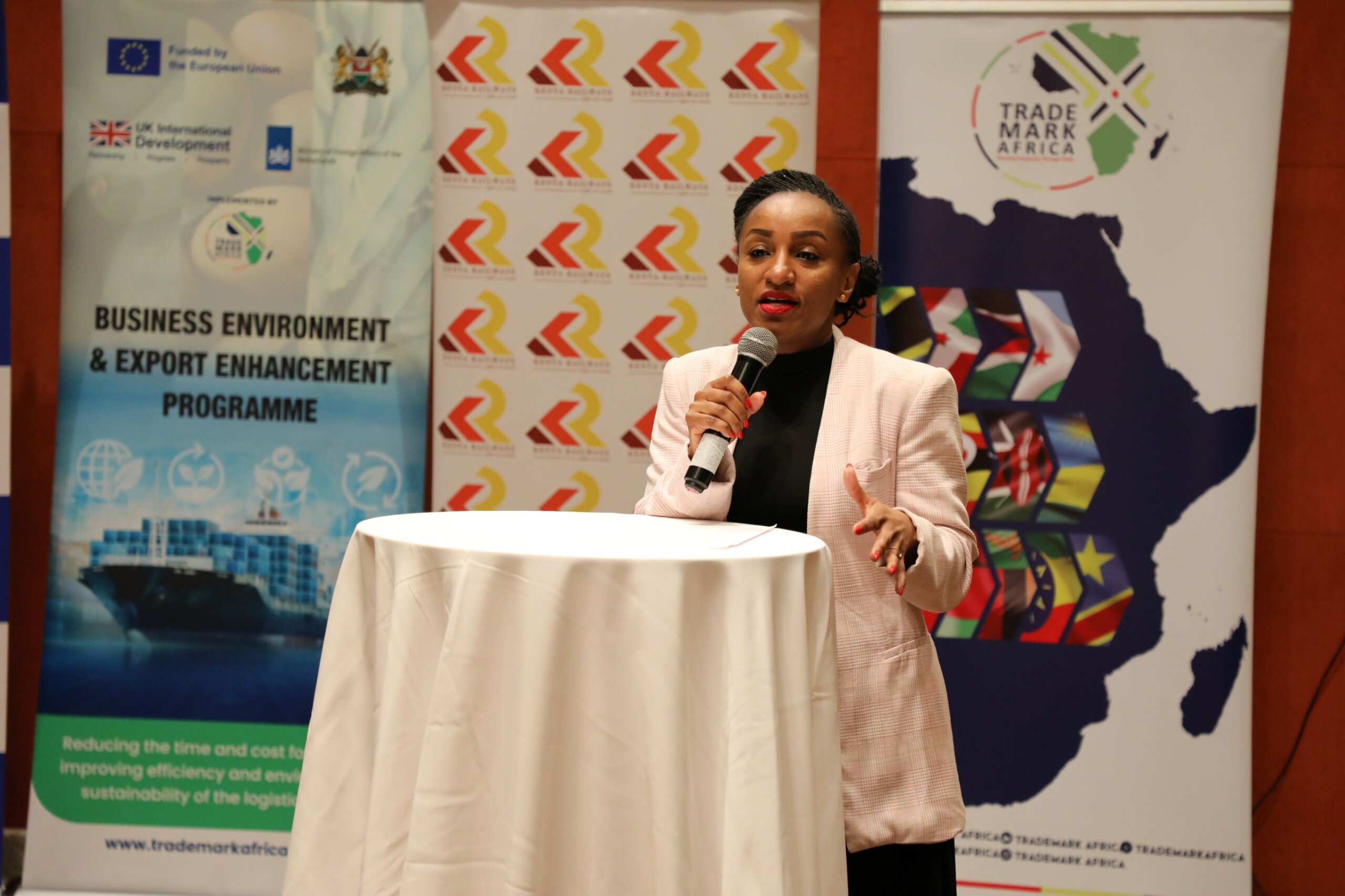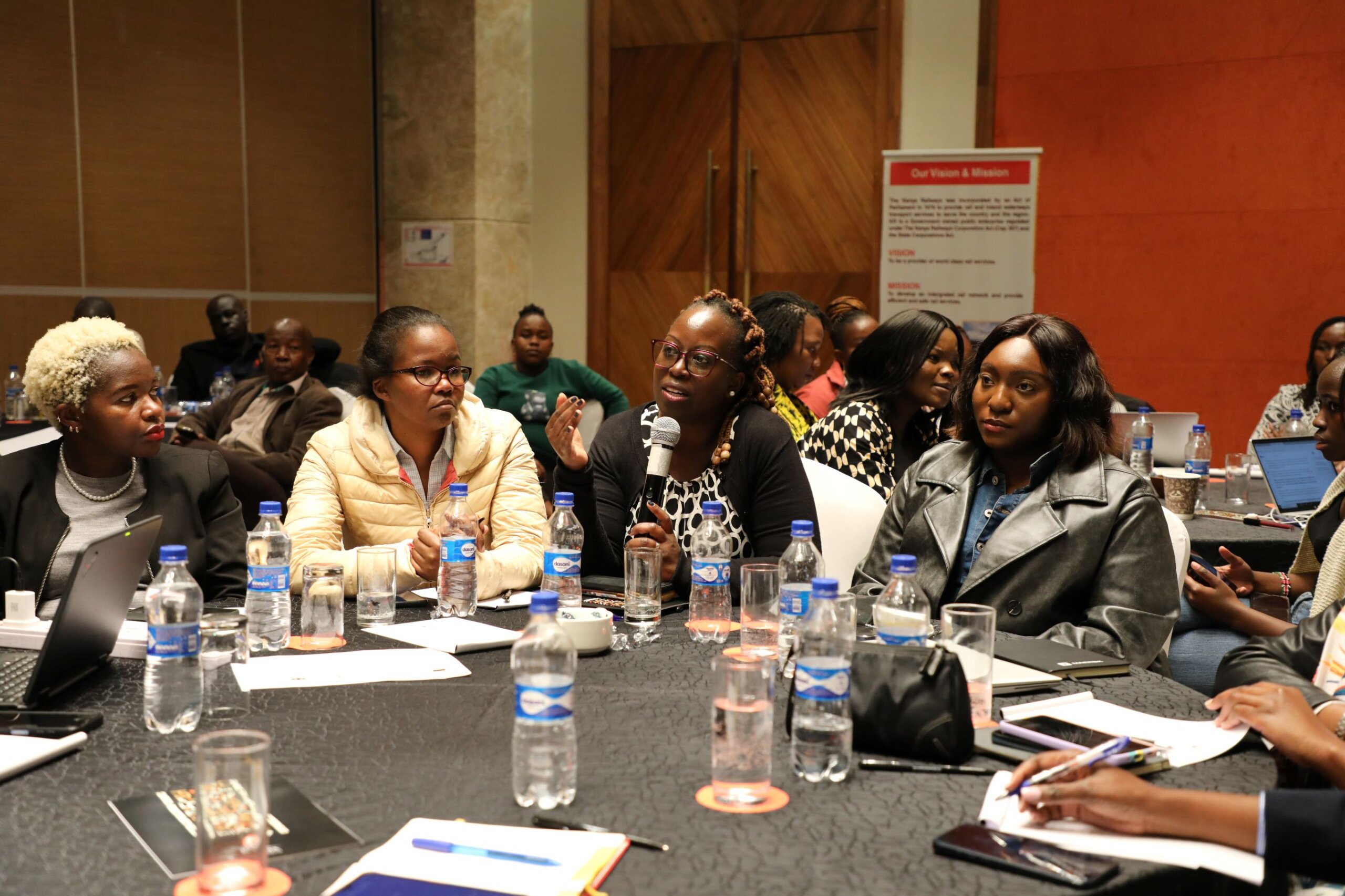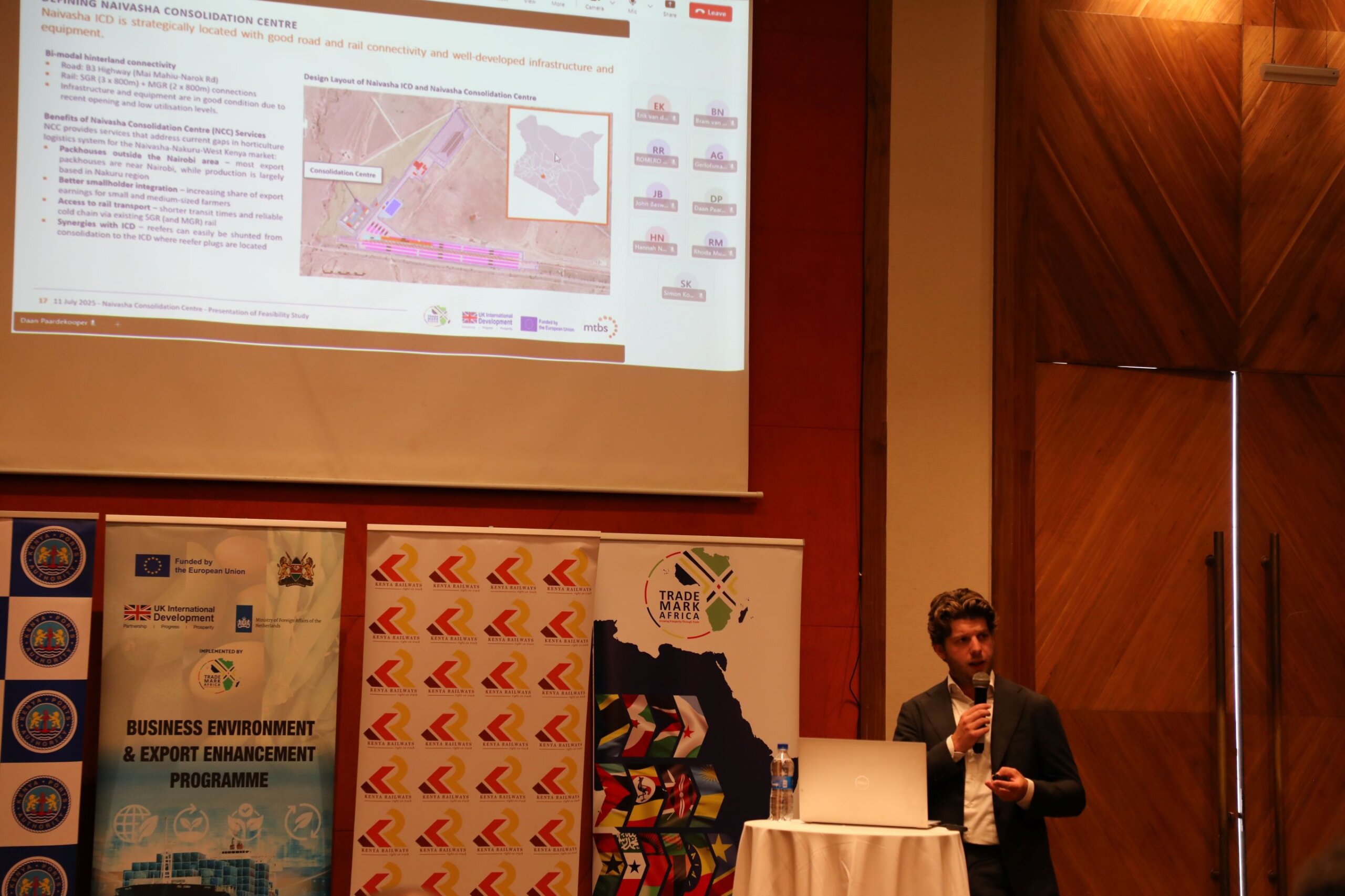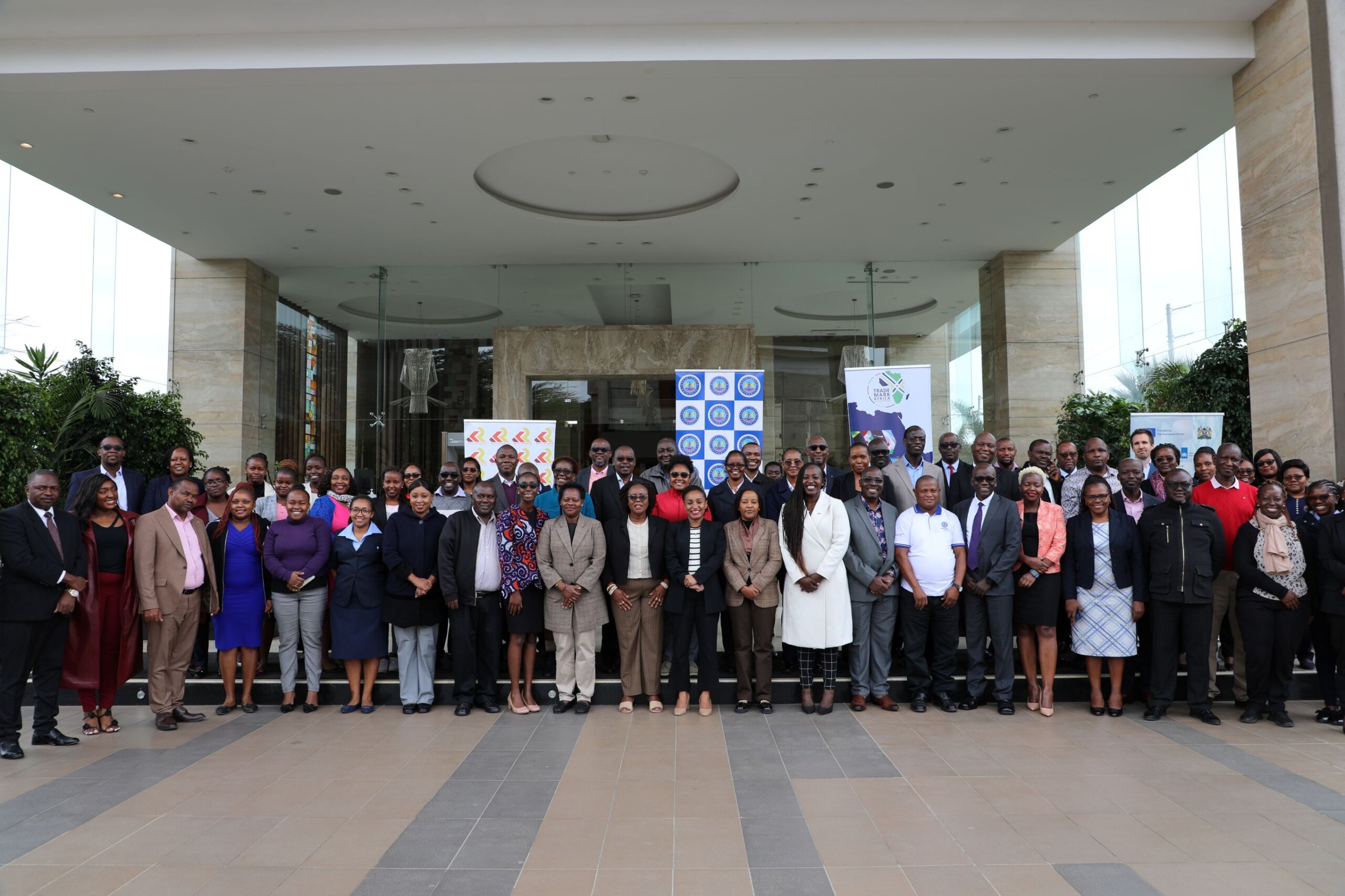By the time a crate of French beans meant for export leaves a farm in Kirinyaga County in Kenya, it has passed multiple sanitary and phytosanitary checks. The farmer has done everything required to meet the expectations of the destination market. But despite these efforts, unforeseen risks often come after the farm gate.
Somewhere between the packhouse and the port, the cargo faces various risks including delays, disruption of the cold chain, inconsistent handling and ultimately, the produce arriving late, warm or spoiled. In a global market where shelf life is money and freshness is reputation, these risks carry serious consequences.

This week, public and private sector actors came together to address one of the most pressing challenges in Kenya’s horticultural value chain. The convening was supported by our development partners: the European Union, the Netherlands and Denmark through the Business Environment and Export Enhancement Programme (BEEEP), and the British High Commission in Nairobi through the Regional Economic Development for Investment and Trade (REDIT) programme. It was facilitated by TradeMark Africa. The discussions focused on advancing the export of fresh produce by sea.
To this end, stakeholders across Kenya’s horticultural export value chain negotiated a Service Level Agreement (SLA) that could transform how produce moves from farm to ship. The SLA is the first of its kind in scope focusing on export of horticultural produce, covering:
- Collection at the farm gate
- Packhouse processing
- Regulatory and customs clearances
- Road and rail transport to port
- Port gate-in, yard operations, and ship loading
It seeks to establish clear responsibilities, enforce time-bound performance, and create a predictable, cost-efficient logistics system for exporters. The negotiations surfaced practical insights and solutions that had long been left unspoken. At the heart of the convening was a shared commitment to BEEEP’s core objective: reducing the time and cost of trade for fresh produce. The consensus reached underscored this priority, with all parties recognising the urgent need to streamline Kenya’s horticultural export logistics.

Complementing this effort was the validation of two important documents:
- The Naivasha–Mombasa Cool Logistics Corridor feasibility study which outlines a detailed plan to move more horticultural exports from air freight to sea freight. It proposes a re-engineered cold chain, including consolidation hubs in Naivasha and cold storage facilities along the Standard Gauge Railway. By improving intermodal handling and introducing dedicated reefer transport, the study anticipates logistics cost reductions of up to 40%, alongside enhanced produce quality and shelf life.
- The National Logistics and Freight Policy, Strategy and Implementation Plan which seeks to optimise time, cost and reliability across the logistics value chain. Once implemented, it will promote a shift to greener, more efficient transport modes such as rail, and encourage investment in sustainable infrastructure. The policy also aims to raise performance standards and bring Kenya’s freight sector in line with international norms, creating a more competitive and predictable trading environment.
Taken together, these tools mark a shift in mindset. Kenya is not only working to grow high-quality produce, but also to deliver it through systems that meet global expectations on timeliness, safety and transparency.
Taken together, these tools signal a shift in mindset. Kenya is not only focused on growing high-quality produce, but also on delivering it through systems that meet global standards for timeliness, safety and transparency. Producers and exporters stand to gain through better earnings, reduced waste and greater access to premium markets. At the national level, the reforms build confidence among global buyers, generate jobs and enhance Kenya’s standing as a competitive horticultural exporter.
















